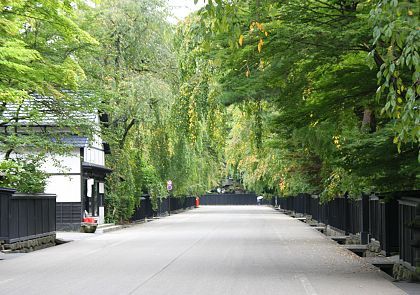
The Kakunodate samurai district, which once housed about 80 families, is one of the best examples of samurai architecture and housing in the country. Its wide streets and large courtyards are shaded by dozens of weeping cherry trees which bloom in early May. During this time, the wide streets are busy with hanami tourists.
Of the samurai houses that remain intact, six are open to the public and offer visitors the chance to see how middle class and wealthy samurai families might have lived. Of the six open houses, two are particularly noteworthy for their size and quality: the Aoyagi House and the Ishiguro House.
Former samurai mansions: Aoyagi-ke and Ishiguro-ke The Aoyagi House (Aoyagi-ke) is an impressive complex with multiple buildings containing museum collections, restaurants and gift shops. The displays provide interesting information in both English and Japanese on samurai traditions, lifestyle and Japan's historical context in relation to Kakunodate. It is a useful place to visit for those interested in Kakunodate's samurai history.
The second samurai home of special note is the Ishiguro House (Ishiguro-ke). The area open to visitors is much smaller than that of the Aoyagi House, largely because the family still resides in the rest of the house. On display is a small collection of samurai armor and clothing, as well as anatomical drawings and studies. The Ishiguro House also has a well preserved storeroom.
The Aoyagi Residence entrance gate and the Ishiguro Residence storeroom
The other four open houses are free to enter and offer varying levels of accessibility. They are mostly examples of middle class samurai residences and thus, are smaller than the Aoyagi-ke and Ishiguro-ke. There are also two museums that may be of interest to visitors: Denshokan Museum displays Kakunodate's traditional products and craftwork, while Omura Art Museum houses a private glasswork collection.
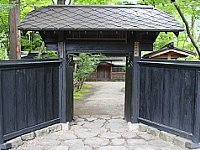 |
| Odano Samurai House |
|
| Odano House has an open garden, however, it is not possible to enter the buildings. The sliding doors are left open in good weather so that visitors can look inside and admire the large tatami rooms and painted doors. |
|
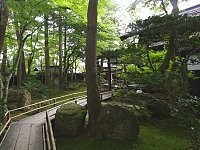 |
| Kawarada Samurai House |
|
| Kawarada House is connected to Odano House (see above) via a small walkway. Like Odano House, the Kawarada House does not offer entry into its buildings. Instead, the doors are opened so that the interior can be admired. |
|
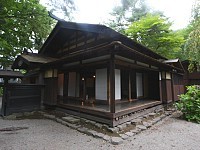 |
| Iwahashi Samurai House |
|
| The Iwahashi House is another example of a middle-class samurai home. It is smaller and simpler in design and style. It can only be viewed from the outside. |
|
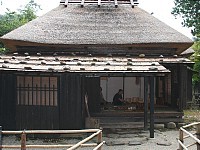 |
| Matsumoto Samurai House |
|
| The Matsumoto House dates back to the Edo Period. Like the other free admission houses, visitors cannot enter the building, but can view the interior from the outside. |
|
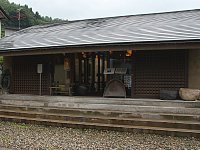 |
| Omura Museum |
|
| This one-room museum shows a rotating selection of glasswork pieces from a private collection. Works by the French artist, Rene Lalique, are the prominent feature of this collection. |
|
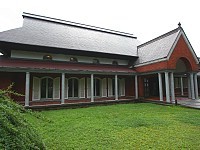 |
| Denshokan Museum |
|
| Denshokan Museum displays Kakunodate's history and traditional craft making. Kakunodate most prominent craft is cherry bark woodworking (kabazaiku), which is used to make tea canisters, dishes and large pieces of furniture. |
|

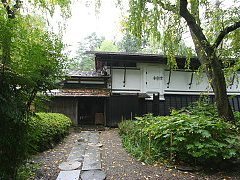
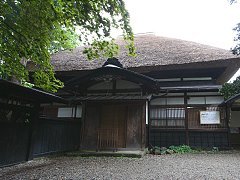
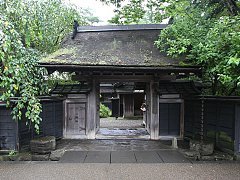
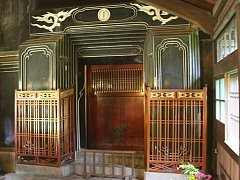










No comments:
Post a Comment